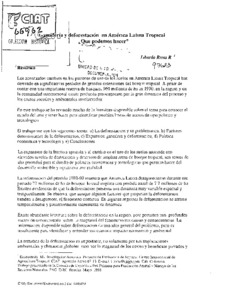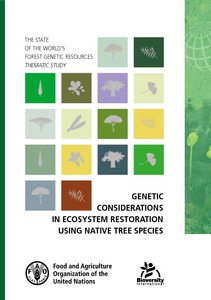Economic models of tropical deforestation: a review
As international concern over tropical deforestation has grown over the last ten years, researchers have sought to understand the causes of deforestation and possible solutions using quantitative economic models. This book reviews the results and methodology of over 150 of these models and synthesizes the main lessons that can be learned from them. Higher agricultural prices, lower wages, less off-farm employment, and more roads generally lead to more deforestation. Major doubts remain on the impact of technological change, agricultural input prices, household incomes, and tenure security.



